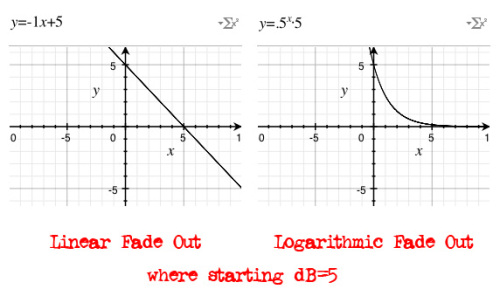The Peavey VTM 120 is [looks around to see who is listening] a great fucking amp. Don’t tell your friends, because you can still get ’em relatively cheap. It’s essentially a JCM 800 clone with a set of DIP switches “to avoid any Imperial entanglements.” Sebastian Phillips, my bandmate in Exhumed, swears so much by his that he has one for each coast. He even got our other guitfiddler, Matt Harvey, to get one as a back-up for his 5150 (or 6505… I can’t keep track).

Of course, even a good amp has a bad day. This trooper made it through a marathon six-week tour, but upped and quit on us the very last day. It just stopped turning on. Luckily, Matt had that back-up, so Sebastian didn’t lose his groove. I took the amp after we unpacked our shit and did my doktor thing.
Read more
